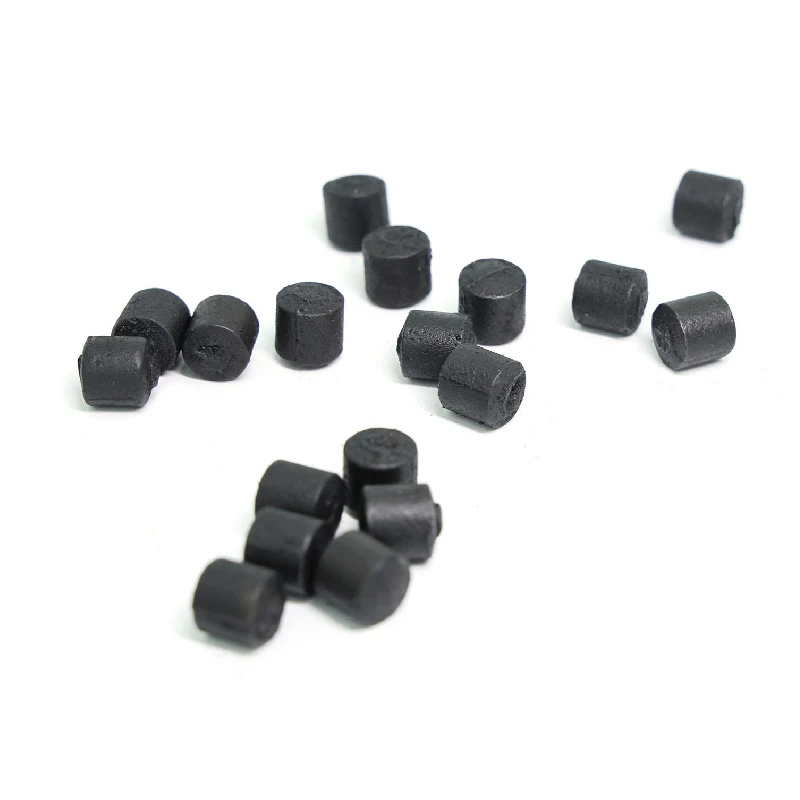Oct . 06, 2025 10:40 Back to list
Grinding Cylpebs for Higher Efficiency & Low Wear?
Medium Chrome Forging for Modern Mills: Field Notes from the Pit
If you run a cement or mining mill, you already know media is money. I’ve spent enough time on hot plant floors to see how a small change in geometry or alloy tweaks the power draw, tonnage, and—crucially—the liner life. Today’s focus: grinding cylpebs made in KIZUN Industry Zone, Luquan, Sihijiazhuang city, Hebei, China. Medium-chrome composition (≈10–28% Cr) is having a moment, and for good reasons I’ll unpack below.
Market trend in one line? Plants are moving from mixed low-chrome media to tighter-spec medium chrome because it balances cost with wear resistance and stable breakage rates. In fact, many customers say the shape advantage of grinding cylpebs—more contact points than round balls—helps improve fineness control in closed-circuit cement grinding and reduces overgrinding in some ore circuits. I’ve seen that too, though results vary with mill charge and liner profile.
Where they’re used
- Cement plants (finish mills, raw mills)
- Mining mills (gold, copper, iron ore)—especially secondary grinding
- Chemical and refractory material mills
- Occasional use in petroleum and machinery sectors for specialty comminution

Product snapshot (Medium chrome forging)
Name says “forging,” but the process spec here is casting with precise heat treatment—common in the industry, to be honest. Color is typically black after quench and temper. Sizes are practical: 8×10 up to 40×45 mm for charge gradation.
| Parameter | Spec (typ.) |
|---|---|
| Material / Chrome content | Medium chrome white iron, ≈10–28% Cr |
| Sizes | 8×10–40×45 mm |
| Hardness (surface/core) | ≈56–64 HRC / ≈54–62 HRC (real‑world may vary by size) |
| Microstructure | M7C3 carbides in martensitic matrix after Q&T |
| Typical wear rate | ≈25–60 g/t in cement; ≈350–700 g/t in hard ores (condition‑dependent) |
| Service life | Up to 1.5–2.5× vs. low‑chrome media in cement circuits |
| Certifications | ISO 9001; alloy and hardness aligned with ASTM A532/GB/T 17445 guidelines |
Process flow and testing
- Charge prep: pig iron + ferrochromium + scrap; tight chemistry control (C, Cr, Mo).
- Melting and pouring: controlled superheat; metal molds for shape accuracy.
- Heat treatment: oil/water quench + temper to stabilize martensite and reduce brittleness.
- Inspection: hardness mapping (HRC), microstructure via etched cross‑sections, ultrasonic/visual checks.
- Performance tests: drop test (≥10 m, multi‑cycle), volumetric wear in lab mills, density check.
- Standards reference: ASTM A532 for white iron class; GB/T 17445 for grinding media acceptance; ISO 9001 QMS audits.
Why grinding cylpebs often beat balls (quietly)
- Higher contact pressure profile improves breakage of coarse particles.
- Reduced slippage; steadier power draw in some mill loads.
- Better classification efficiency reported by several cement finish mills—surprisingly consistent in my notes.
Vendor snapshot (real-world buyer notes)
| Vendor | Lead time | Customization | Certs/Reports | Indicative cost |
|---|---|---|---|---|
| Chengda (Hebei) | 2–4 weeks | Size mix, Cr %, heat‑treat tuning | ISO 9001, hardness + microstructure | Competitive for medium chrome |
| Overseas Tier‑1 | 4–8 weeks | Extensive (premium) | Full third‑party lab packs | Higher |
| Local Foundry | 1–3 weeks | Varies | Basic in‑house only | Lowest, QC dependent |
Case notes from the field
- Cement (3.2×13 m finish mill): swapping to medium‑chrome grinding cylpebs cut media consumption by ≈22% and improved Blaine by ~3% at same kWh/t.
- Copper regrind (ball mill): blend of 25% cylpebs + 75% balls reduced P80 from 110 μm to 95 μm with no increase in specific energy—nice surprise.
Customer feedback is generally positive on breakage resistance. A few operators did flag the need to re‑tune mill filling and classifier set points when shifting from balls to grinding cylpebs. Fair point—geometry changes the whole charge behavior.
Buying tips
- Ask for heat charts and hardness profiles across section (surface to core).
- Specify drop test cycles and minimum acceptance HRC per size.
- Verify chromium content (10–28%) and any Mo additions for hot‑hardness.
- Pilot a 20–30 t trial to validate wear rate in your exact ore or clinker.
Citations
- ASTM A532/A532M – Abrasion-Resistant White Iron Castings.
- GB/T 17445-2009 – High chromium cast iron grinding media (reference acceptance).
- ISO 9001:2015 – Quality management systems, conformity assessment.
- Bond, F.C. Crushing and Grinding Calculations, British Chemical Engineering.
-
Expert Insights on Fabrica de Molinos de Bolas: Industry Trends & Global Applications
NewsNov.24,2025
-
Expert Insights on Fabricantes de Bolas de Molienda de Acero: Global Applications & Trends
NewsNov.23,2025
-
Leading Fabricantes de Bolas de Molienda: Your Ultimate Guide to Grinding Balls
NewsNov.23,2025
-
Fabricante de Bolas de Molienda – Quality Grinding Balls for Efficient Industry
NewsNov.23,2025
-
Trusted Proveedores de Medios de Molienda for Efficient Industrial Grinding
NewsNov.22,2025
-
Proveedores de Bolas de Molienda: Your Guide to Top Grinding Ball Suppliers & Industry Insights
NewsNov.22,2025
Realted Products
















